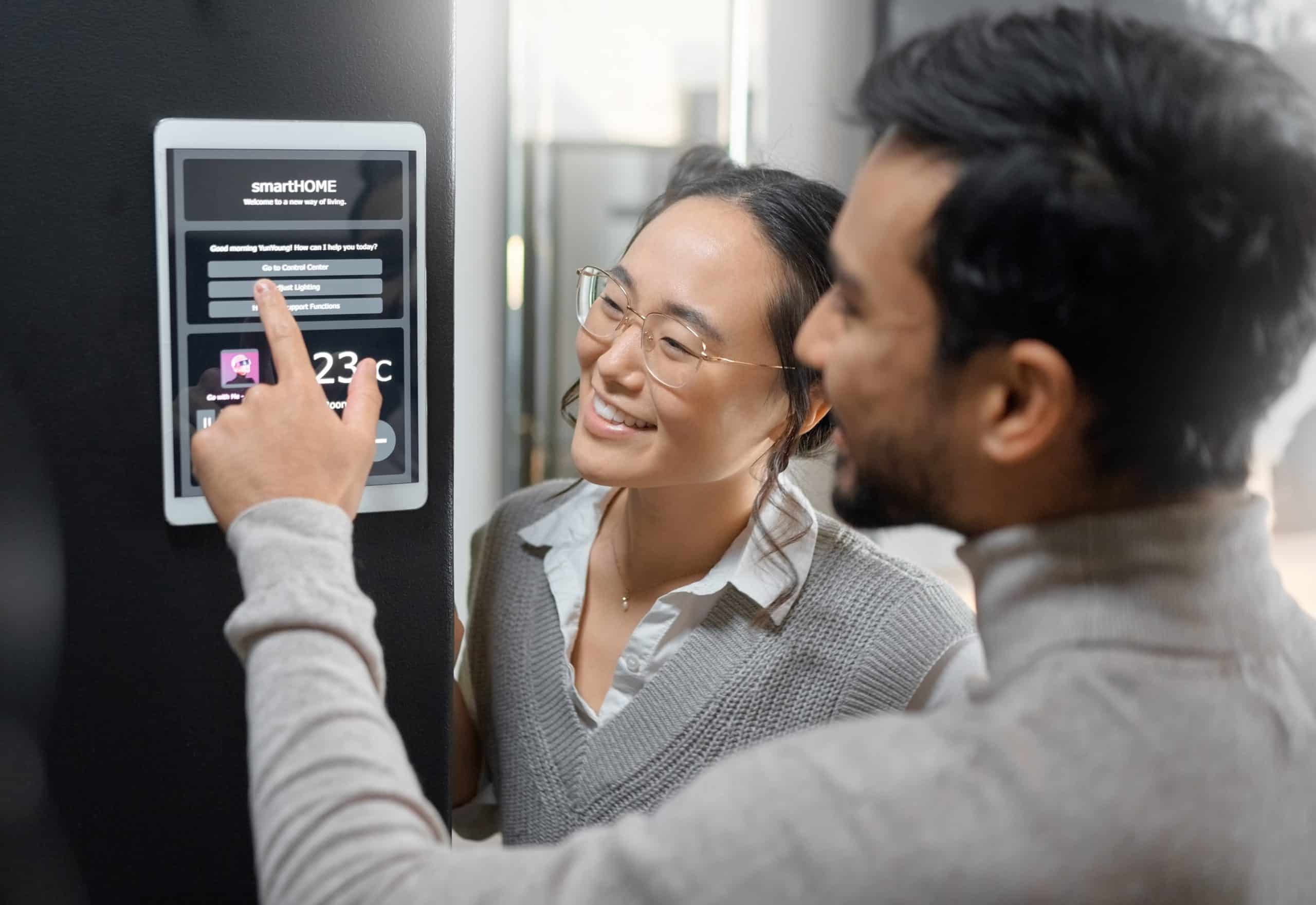How Can You Construct a Hidden Safe Room in a Period Home Without Compromising Character?

As a family who values the security and safety of your home, you might have pondered the idea of installing a hidden safe room. It’s a space, veiled from the naked eye, designated to provide protection during emergencies. Whether it be natural disasters, house fires, or potential break-ins, this secret refuge within your home serves as an absolute sanctuary. However, when your abode is a period home, brimming with history and unique characteristics, the task becomes a bit more challenging. This article aims to guide you on how to create a safe room seamlessly without altering the charm of your period home.
Understanding the Concept of a Safe Room
Before we delve into the actual construction of the safe room, it is crucial to first comprehend what it entails. A safe room, otherwise known as a panic room, is a fortified space within a house designed to provide a safe haven for the people in it during emergencies. It is equipped with essential life support and communication facilities to ensure the survival and safety of the inhabitants while help is on the way.
En parallèle : What’s the Best Way to Design a Space-Efficient Crafting Area in a Home Office?
A study conducted on home security has shown the effectiveness of having a safe room, especially in high-risk areas, to significantly reduce potential harm. However, incorporating a safe room in a period home requires more than just practical analysis. It involves respecting the architectural charm and historical significance the house carries, ensuring the safe room installation doesn’t disrupt the home’s character.
Choosing the Right Location for Your Safe Room
The selection of the appropriate place for your safe room is imperative. Ideally, it should be easily accessible, yet undetectable by an outsider. One of the common locations is in the basement. However, for period homes without a basement, consider spaces like the kitchen or a large pantry room that can be modified without affecting the overall aesthetics.
Avez-vous vu cela : How to Choose a Low-Maintenance Fish Tank for a UK Family Home?
For instance, having a concealed door in the kitchen leading to the safe room can be a clever design. This way, the room will be hidden in plain sight, hence making it inconspicuous. In the event of a fire, having a safe room near the kitchen could provide an added layer of security, especially when the kitchen is usually the most fire-prone area.
Detailed Planning and Design
Planning is a key aspect when creating a safe room in your period home. It involves careful analysis of the house layout, understanding the structural strengths and weaknesses, and consideration of the home’s historical elements. The goal is to have a safe room that seamlessly integrates with the house’s existing character.
For instance, consider using period-appropriate materials for the hidden door leading to the safe room. An old-looking bookcase or a vintage picture frame could be an excellent choice to conceal the entrance. It is just as important to ensure the interior of the safe room matches the era of your home. This could include using period-style light fixtures or antique furniture which will aid in preserving the room’s character.
Installing Essentials for Survival
A well-equipped safe room should contain basic survival items and emergency supplies such as food, water, and basic medical supplies. It is also beneficial to have a power source that can support lighting, heating, and communication devices.
When equipping the safe room, consider the number of people it needs to accommodate. For a family of four, for example, the room must be spacious enough to accommodate everyone comfortably for a reasonable amount of time.
In terms of communication facilities, a landline phone and a radio should be available. The inclusion of these items will ensure that you can call for help and stay updated on the situation outside.
Reinforcing Security Measures
Given that the main purpose of a safe room is to provide protection, it is necessary to incorporate robust security measures. This can be achieved through the use of reinforced walls and doors, high-grade locks, and even a surveillance system.
When it comes to fireproofing, installing a fire-resistant door and using fire-retardant materials for the interior construction will help mitigate potential dangers. Even small details, like having an apple at hand to cover your mouth in case of smoke, can contribute to your survival in a fire scenario.
Creating a safe room in a period home can be a challenging task, but with careful planning, it can be accomplished without compromising the charm and character of the house. By following these steps, you can provide a secure and safe space for your family, blending seamlessly with your home’s existing features.
Incorporating Technology and Communication Devices
The integration of modern technology and communication tools is indeed a vital feature of any safe room. While the exterior is designed to blend with the period home, the interior should be equipped with cutting-edge tech to ensure the safety and comfort of occupants during emergencies.
Your safe room should include an independent landline, as well as radio equipment for communication and receiving news updates. In addition, it would be wise to include a backup power supply, like a generator or a battery, capable of supporting lighting, heating, and the operation of communication devices for an extended period. In a crisis situation, it will be crucial to have a reliable power source, as the regular power supply might be cut off.
Remember to also consider the number of people your safe room will need to accommodate. For instance, if you’re setting up a safe room for a family of four, the room should be spacious enough to comfortably host all members for a significant length of time. You should also equip the room with sufficient survival supplies, such as food, water, and first aid kits.
On a note of technology, consider integrating a surveillance system in your safe room. This can help you monitor the situation outside without exposing yourself to danger. However, remember to balance the need for modern technological features with the goal of maintaining the character and charm of your period home. For example, the surveillance system can be camouflaged to blend in with the overall aesthetic, while still providing a critical security function.
Conclusion: The Art of Balancing Security and Aesthetics
Constructing a hidden safe room in a period home is a task that requires thorough planning, astute design decisions, and a keen eye for detail. The goal is to create a secure haven that seamlessly blends with the home’s existing features, preserving its historical charm while providing a practical safety function.
Firstly, understanding the concept of a safe room is an essential step in the process. The room should be located in an easily accessible yet inconspicuous area within the house. Detailed planning and design play crucial roles in ensuring the room does not disrupt the original aesthetic. Incorporating survival essentials and reinforcing security measures are important aspects to consider when constructing the room.
The incorporation of technology and communication devices, while regulating the room to accommodate the occupants comfortably for an extended period, is necessary for a well-equipped safe room. However, the incorporation of such features should not compromise the home’s character. Instead, they should be discreetly integrated to maintain the home’s period charm.
In essence, creating a hidden safe room in a period home boils down to striking a balance between modern security needs and the preservation of historical aesthetics. With careful planning and consideration to detail, you can construct a safe room that provides peace of mind without compromising the unique character of your period home.
